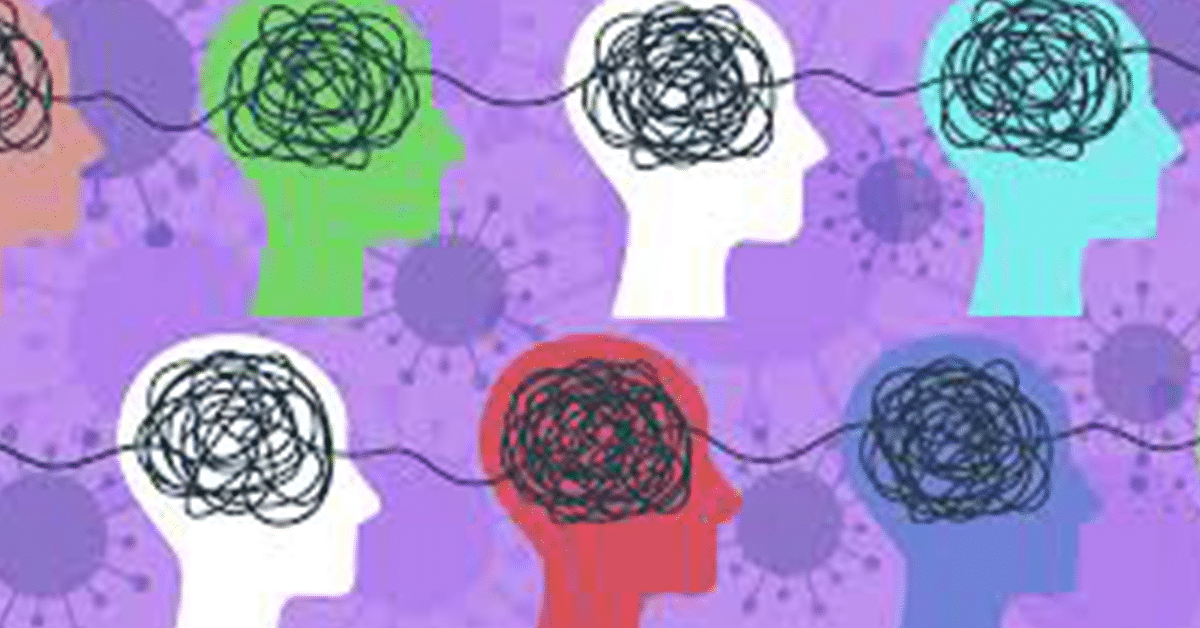The mother wound is a term used to describe emotional pain and trauma caused by a difficult or dysfunctional relationship with one’s mother. This wound can impact our mental health, our sense of self, our relationships, and overall well-being.
When we talk about healing our inner child wounding, there is a common experience of feeling wounded by our mother that holds a special place in this healing journey. The mother wound is a term used to describe emotional pain and trauma caused by a difficult or dysfunctional relationship with one’s mother. This wound can impact our mental health, our sense of self, our relationships, and overall well-being. Healing the mother wound is a process that requires time, self-reflection, and support. Here are some steps that can help with this process:
-
Acknowledge the wound: The first step in healing the mother wound is to acknowledge that it exists and accept that it may have had a significant impact on your life. This can be a painful and difficult process, but it is essential to begin the healing journey.
-
Seek support: Healing from a mother wound can be a long and challenging process. Seeking support from a therapist, support group, or trusted friends and family members can provide you comfort and help you to process the difficult emotions around this inner child wounding.
-
Practice self-compassion: Self-compassion is the act of treating oneself with kindness, understanding, and empathy. It involves acknowledging and accepting difficult emotions, rather than trying to suppress or ignore them. Self-compassion can help you develop a more positive and loving relationship with yourself.
-
Reevaluate expectations: Experiencing a mother wound can lead to internalizing unrealistic expectations and beliefs about ourselves and our relationships. Reevaluating these expectations and challenging them can help us to develop a more realistic and healthy outlook on life.
-
Practice forgiveness: Forgiveness is a powerful tool for healing emotional wounds. Forgiving ourselves and our mother for past mistakes and pain can be a challenging but essential step in the healing process.
-
Set boundaries: Setting healthy boundaries is essential for healing the mother wound. This involves recognizing and asserting one’s needs and limits, communicating them clearly, and maintaining conviction about clearly stated boundaries so that they continue to be respected.
Healing the mother wound is a journey that takes time and patience. It requires a willingness to confront difficult emotions and to work through past trauma. By taking these steps and seeking support, we can begin to heal and move forward with our lives.
Kaci Smith, LMFT
Keep Reading
Want more? Here are some other blog posts you might be interested in.








